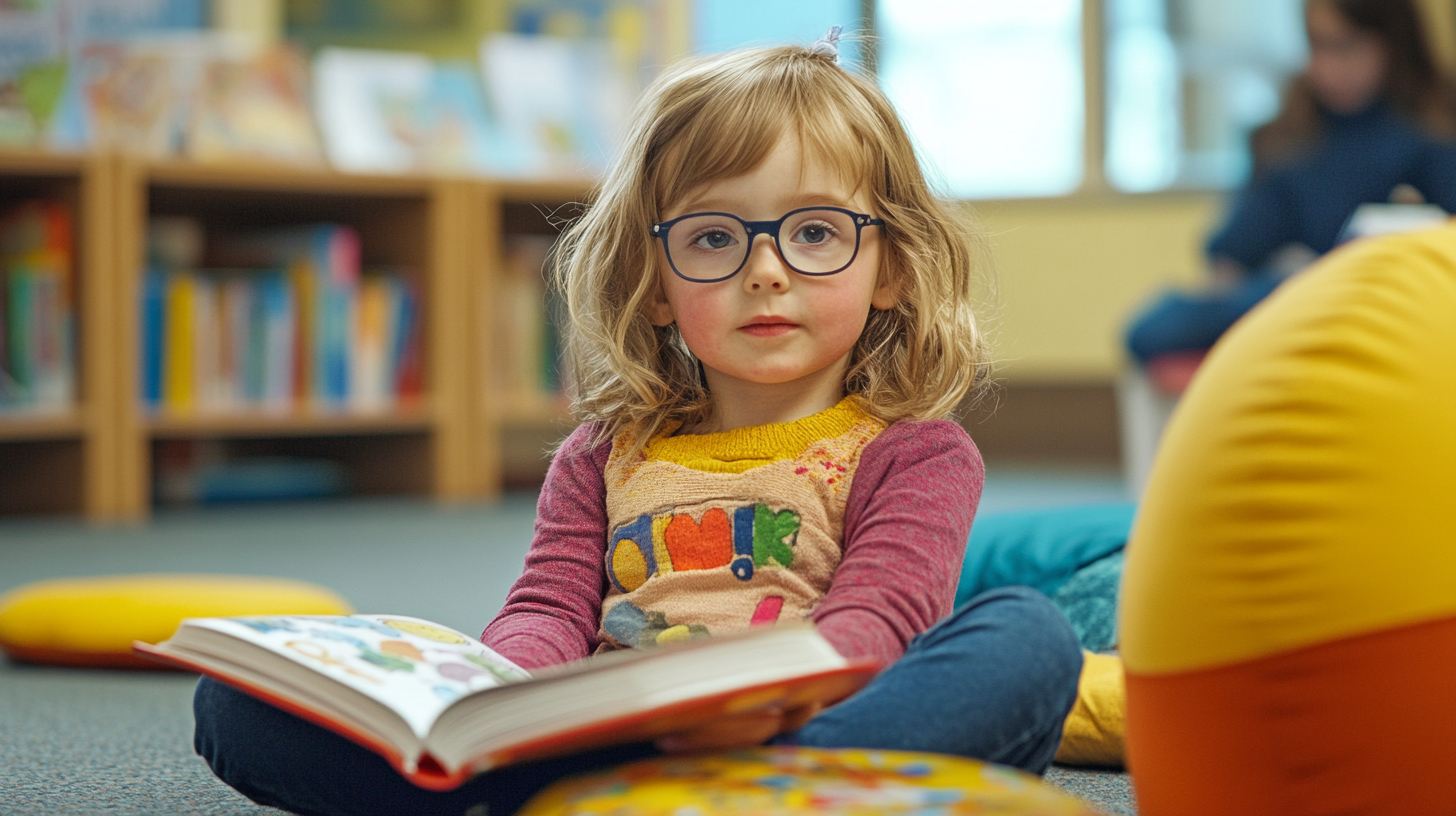The Ultimate Guide to Teaching Letters and Sounds: Making Literacy Fun and Effective
Welcome to our comprehensive guide on teaching letters and sounds! Whether you're a parent, teacher, or caregiver, helping children develop strong literacy skills is one of the most important gifts we can give them. In this article, we'll explore proven strategies and fun activities that make learning letters and sounds an exciting adventure for young learners.
Understanding the Basics: Why Letters and Sounds Matter
Before diving into specific activities, it's crucial to understand why mastering letters and sounds is fundamental to reading success. Research from Aston University shows that children who receive explicit instruction in blending letter sounds show significantly better reading progress.
The Foundation of Reading Success
- Phonological awareness development
- Letter-sound correspondence understanding
- Reading readiness skills
- Future academic success
Essential Letter Recognition Activities
Making letter recognition fun and engaging is key to maintaining children's interest and ensuring effective learning. Here are some proven activities that work:
Interactive Letter Learning Games
- Alphabet scavenger hunts
- Letter matching cards
- Magnetic letter activities
- Letter of the day celebrations
Environmental Print Activities
Using everyday items to teach letters makes learning more relevant and meaningful. Try these approaches:
- Label common household items
- Create a print-rich environment
- Use favorite food packaging
- Explore street signs and logos
Sound Awareness Development
Research shows that combining phonemic awareness with letter instruction is twice as effective as teaching either skill alone. Here's how to make it work:
Daily Sound Practice Activities
- Sound matching games
- Rhyming activities
- Beginning sound identification
- Sound blending exercises
Multi-Sensory Learning Approaches
Children learn best when multiple senses are engaged. These activities incorporate various sensory experiences:
Tactile Learning Activities
- Sand writing
- Play-dough letter formation
- Texture letters
- 3D letter exploration
Movement-Based Learning
- Letter yoga poses
- Alphabet movement games
- Dancing letter activities
- Action-based letter learning
Technology Integration
While hands-on learning is essential, appropriate educational technology can enhance the learning experience:
Recommended Digital Tools
- Interactive alphabet apps
- Digital letter tracing programs
- Educational gaming platforms
- Virtual letter recognition activities
Progress Monitoring and Assessment
Tracking progress helps ensure children are meeting developmental milestones:
Key Progress Indicators
- Letter name recognition
- Sound identification ability
- Blending capabilities
- Writing attempts
Expert Insights
According to Dr. Laura Shapiro's research at Aston University, structured practice in sounding out and blending printed letters is particularly beneficial for beginning readers. This approach has been shown to significantly improve reading outcomes.
Tips for Parents and Teachers
- Maintain consistency in teaching methods
- Create a supportive learning environment
- Celebrate small victories
- Make learning fun and engaging
- Incorporate learning into daily routines
Common Challenges and Solutions
Addressing Learning Difficulties
- Letter reversals: Use multi-sensory approaches
- Sound confusion: Practice with minimal pairs
- Attention issues: Break learning into shorter sessions
- Motivation: Incorporate favorite themes and interests
Conclusion
Teaching letters and sounds effectively requires patience, creativity, and consistency. By incorporating these research-backed strategies and fun activities, you can help young learners develop strong literacy foundations that will serve them throughout their lives.
Comments from the Kids' Corner
"As both a mother and an early childhood educator, I've seen firsthand how these activities transform learning into fun adventures. My 4-year-old particularly loves the letter scavenger hunts - we turn our grocery shopping into exciting letter-finding missions!" - Sarah Johnson, Early Childhood Specialist
Join us on our literacy journey! Follow us on Instagram @crianca.blog for daily tips, activity ideas, and success stories from our community of young learners and their families.
Ready to start your child's exciting literacy journey? Share your favorite activities from this guide in the comments below!
